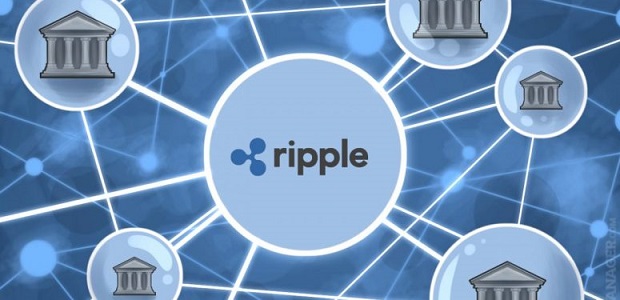
The Central Bank of Montenegro (CBCG) has agreed to collaborate with the enterprise crypto and blockchain solutions provider Ripple „to develop a strategy and pilot program to launch the country’s first digital currency in the form of a Central Bank Digital Currency (CBDC) or national stable coin” – according to the press release.
Aligning with the CBCG’s core objectives, the digital currency’s introduction is another step forward to digitising financial services and fostering a world of greater financial accessibility for Montenegro’s citizens.
A CBDC is a digitised version of the currency issued by central banks. Today, over a hundred countries are exploring and developing a Central Bank Digital Currency for many use cases including widening financial inclusion, modernising monetary policy, improving payment security and increasing cross-border payments efficiency.
Simultaneously, the European Central Bank is working to develop the Digital euro concept as a future means of safe, secure, and practical electronic payment in the euro area.
The CBCG Governor Radoje Žugić noted that “as a central bank committed to following up-to-date national banking trends, the CBCG is actively ensuring it maintains an efficient financial system.”
“We look forward to collaborating with Ripple on the pilot project for creating CBDC or stablecoin. Through the project, the CBCG will work with the Government of Montenegro and Montenegro’s academia to create a practical digital currency or secure currency solution to test the main blockchain technology’s functionality and potential. It will also analyse the advantages and risks that CBDCs or national stablecoins could pose concerning electronic means of payment availability, security, efficiency, compliance with regulations, and most importantly, the protection of end users’ rights and privacy.”
The project will go through several stages, including identifying the practical application of a digital currency or national stablecoin and the design to simulate its circulation and use under controlled conditions.
“The Central Bank of Montenegro s bringing the next level of digital transformation to its financial infrastructure and addressing some of the world’s biggest financial challenges including financial inclusion,” said James Wallis, Ripple’s Vice President of Central Bank Engagements & CBDCs. “Ripple has a proven track record of successfully connecting disparate payment systems and championing blockchain’s utility to issue Central Bank Digital Currencies and solve for global payments to hundreds of financial institutions around the world. We are pleased that the CBCG has chosen Ripple to help launch its first digital currency and further address the country’s core financial objectives.”
___________
Ripple is a crypto solutions company that transforms how the world moves, manages and tokenizes value. Ripple’s business solutions are faster, more transparent, and more cost effective – solving inefficiencies that have long defined the status quo. And together with partners and the larger developer community, we identify use cases where crypto technology will inspire new business models and create opportunity for more people.
Banking 4.0 – „how was the experience for you”
„To be honest I think that Sinaia, your conference, is much better then Davos.”
Many more interesting quotes in the video below: